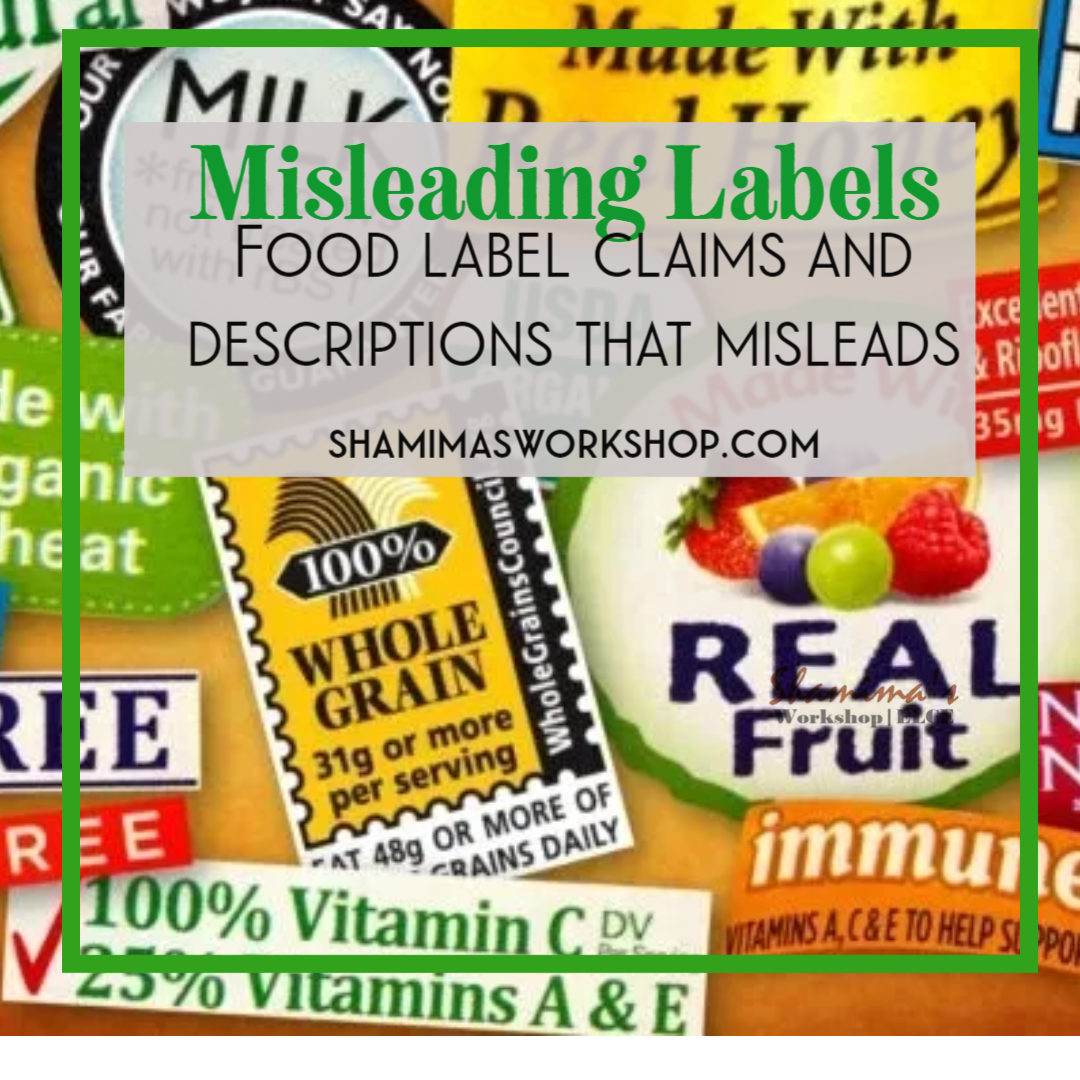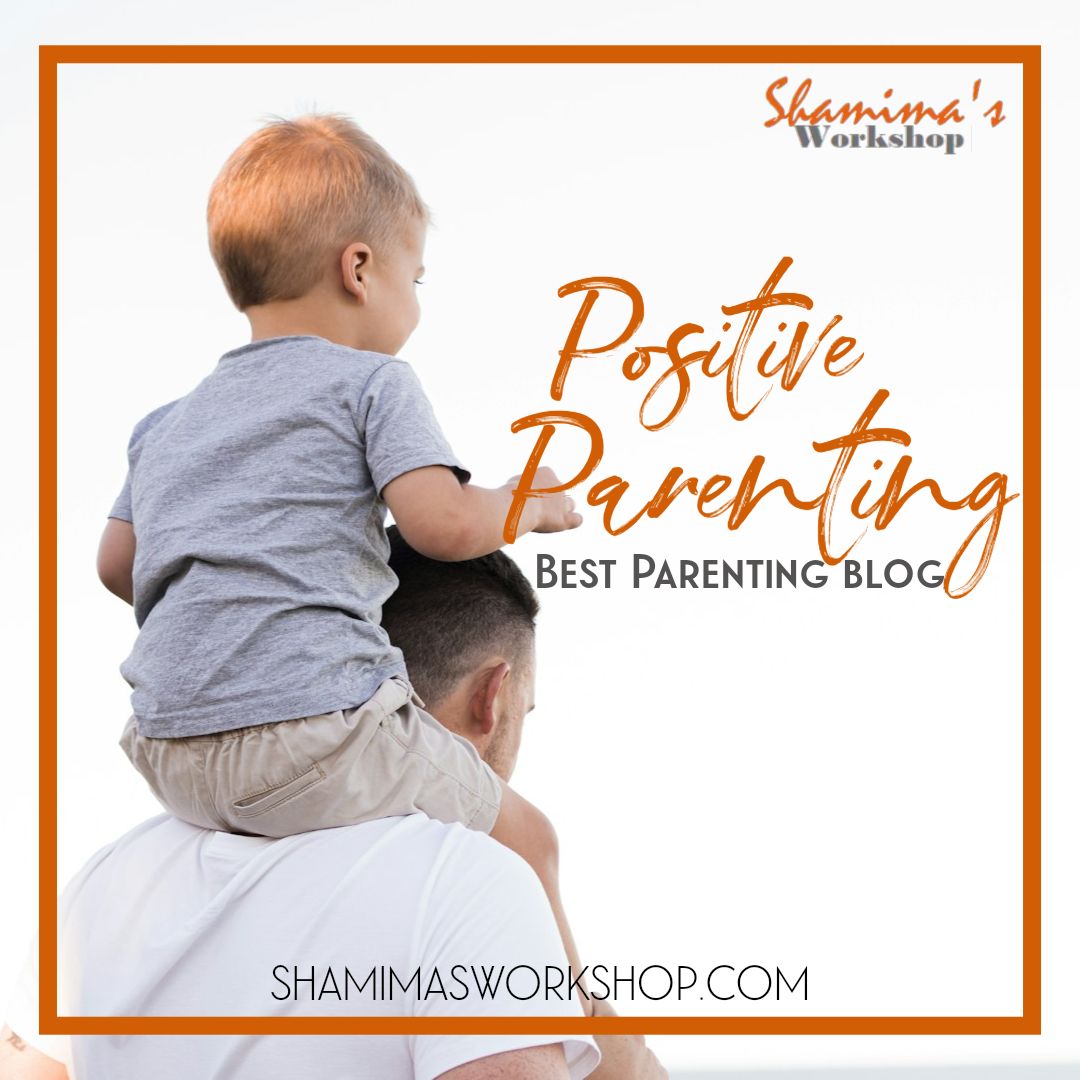Manufacturers often mislead consumers with attractive words, advertisements, and false promises. In this media world we always get attracted with some product which are advertised in a vast way with some celebrity or famous person.
We forget to see the actual description of the product and go for it only because it has been told healthy by some celebrity or famous company. We never see the truth behind the media and never check the ingredients and contents of the product.
There are some products with the label which claims that they are healthy for body, but they are not. Most of the consumers are getting mislead by those manufacturers as they represent their product the best choice.
But now the time is being changing and consumers are getting more aware about the health and the consciences due to these products.
People are started checking the claim made by manufacturers, the label information and check it thoroughly from the real sources to get the true idea that the product is healthy for them, or it is just a false promise.
Sugar Free
Now a days there are so many cereals, cookies, bakery products, and breakfast items are coming in the groceries which claims that they are sugar free. May be you think it’s a sugar-free food, healthier for you , or lower in cards but sugar free does not mean that it is having zero calorie or low calories. It’s either been packed with artificial sweeteners OR it’s a food that natural contained enough sugar it didn’t need a sweetener (like juice).
What you need to look for is to read the ingredient list, learn the name of artificial sweeteners (sucralose, aspartame, acesulfame potassium, and just about anything that ends in –tol) and learn the name of sugar (there is a ton review the listen often). Also, still look at the grams of sugar on the label.
Mostly sugar free products have sugar alcohols that is not good for health and can be cause of Diarrheas' if taken a lot of quantity at a time.
Multigrain or 12 grains
When shopping for healthy bread and crackers, look for the words whole grain or 100% whole wheat. It’s not enough if it says multigrain or made with whole grain. What do you think it means “multigrain” is, it is full of health WHOLE grains that are better for you. Unlike refined flour, whole grains have not been stripped of fiber, protein, and nutrients. So they are recommended as part of a healthy diet, and so you grab the loaf of the healthy expensive looking bread.
What it actually means that multi means many types of grains which may or may not be whole. Same with 12, it means 12 types of grains which may or may not be refined. Again don’t go by colour alone. Some darker breads or crackers have caramel colouring and are no healthier than highly refined white breads.
We should look for a list of ingredient to keep on your radar. Look for 100% whole or 100% whole grain on the front of the package. Inspect the ingredient list, all types of grains should have the word “whole” in front of them like whole wheat, whole rye, whole brown rice and oats. Brown rice and oats are whole as is.
Trans Fat free
“Trans-fat free” what you think it means, is free of artery –clogging trans-fat. Tran’s fat is not good for heart. World Health Organization says you should eat no more than 2 g of this artery-clogging fat per day- a limit you could easily hit by eating only “trans fat free” foods. What it actually means is it might be free of artery-clogging trans-fat but the zero trans-fat have 0.5 g trans-fat per serving. If a product contains 0.5 g of trans fat or less per serving, the FDA says it’s OK for manufacturers to round down to zero on the label.
What you need to look for is to check the ingredient list that if there are Hydrogenated oil or Shortening thing it means Trans-fat is there. Peanut butter, shelf-stable snacks, and margarine are huge culprits here!
Fat Free
This term came into picture after the knowledge of danger due to trans-fat and saturated fat, and people started avoiding such products. Then companies came with new attractive word that is Fat Free.
Fat free does not mean that it will be sugar free too, because mostly fat free products are loaded with sugar and sugar free products are loaded with fat.
That knowledge we will get from the back label information and how much calories the product is containing.
Gluten Free
“Gluten free” what you think it means is it’s healthier, it doesn’t have any of that nasty gluten people talk about. Gluten is a protein found in grain like wheat, it can be dangerous for those who have allergy or sickness from that. What “Gluten free” actually means is it maybe, or maybe not. If you are choosing between 100% whole wheat bread and a gluten free bread full of refined gluten-free flours like potato starch and rice flour, then maybe not. That depends on if you NEED gluten free.
What you need to look for is at the ingredient list. Are the gluten-free whole grains like brown rice flour, or is it just rice flour? Assess whether the gluten-free claim even matters. Should that product have had gluten in it, to begin with?
Gluten free products often have less fiber that is not so good for health as it does not help in reducing weight.
Cholesterol Free
Cholesterol free product does not mean that it is containing no cholesterol but contains less than 2mg cholesterol per serving as well as low cholesterol products contains 20mg cholesterol per serving.
Some products like Dairy products, Meat, and Butter can be compared in term of cholesterol but if the product is plant based than no need to compare as it does not contain any cholesterol like vegetable oil.
The new dietary guidelines say that cholesterol is “no longer a nutrient of concern for overconsumption.” Why? About 80% of the cholesterol in your bloodstream is made by the liver, whereas only 20% comes from dietary sources. Don’t sweat eating foods with cholesterol—and don’t pay more for products that boast about being “cholesterol free.” (Lower your cholesterol naturally with food.
Organic
The term defines the natural product that are free from any pesticides or artificial fertilizers, but now a day’s mostly companies are using it for increasing their sale.
What “organic” actually means is a number of tightly regulated standards have been followed, however, the product may not be 100% organic. Furthermore, organic produce stil is exposed to “natural pesticides”. Keep in mind that organic is not synonymous with healthy. Organic food can still be packed in fat, calories, and sugar.
Organic products must have a minimum of 70% all the ingredients that meets the organic standards. The research shows a potential benefit to organic, but when the studies were done, there was no separation between grass-fed organic and organic. My suspicion is that grass-fed organic matters more.
All natural
What you think it means “ All natural”, it’s healthy, pure and good for you. Who knows, what “all natural “ actually means, the claim is not regulated. The food and drug administration doesn't define it, although food makers won’t get in trouble as long as so labelled food doesn't contain added colours, artificial flavors, or “synthetic substances”.
So a food labeled natural may contain preservatives or be injected with sodium in the case of raw chicken.
Immunity Booster
Most of the body building products and medial products are there in the market that claims that they will support the immune system that may or may not true.
There are some companies in past years which claimed that it will boost the immune system but later faced investigating and problems from the authorized agencies.
Free Range
This term is used for eggs mostly and that means that the eggs are laid by the hens which are allowed to roam freely outside the sunlight.
This term is not necessary for the eggs, but manufacturers are using it to attract consumers and for increasing their sale.
Real Juices
Most of the juice making companies claim that their juices are made with 100% real fruits that is not true. The taste may be same as a real fruit but not at all make with from fruit. That knowledge will get from the fat and cholesterol content on the label.
Light Oil
term itself defines that the oil (Mostly used for olive oil) is healthy for us, but Light does not mean that it is not having Fat. For comparing it, we should check that the fat should be less than 50% with other oils which are not light.
















